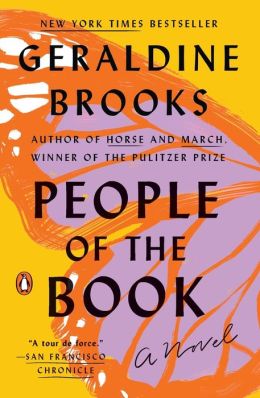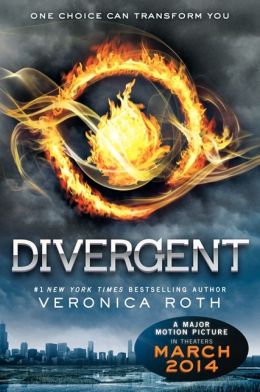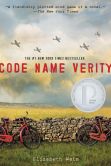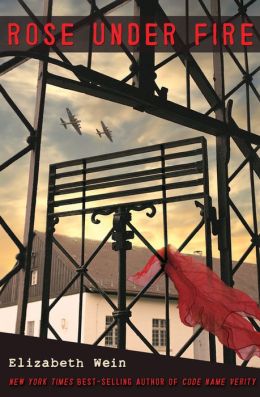The best part of researching this book is meeting the people
and joining them in going to unusual places.
One of the best places I found while in Great Britain was a bunker in
Uxbridge. It was the bunker for RAF Fighter
Command 11 where Winston Churchill spent September 15, 1940, the day the Battle
of Britain is commemorated. At the
bunkers, all the movements of the assigned units were monitored manually. It was important for me to visit because
Millie will begin working her way up through the WAAF ranks as a plotter.

I visited the Bunker on my first full day in London. Because
I had plenty of time after breakfast before my 2pm appointment, I decided to
walk around Regent Park. I walked around the Zoo and Wildfowl
sections and then I could take no more. My feet were killing me. My
boots were the wrong choice for footwear! I thought they would be best
for the rain, but I’d rather have wet feet than sore ones. Luckily, I
needed to head to Uxbridge, so I made my way to the closest tube station, Baker
Street tube stop.
I caught the train and kept thinking I was never going
to make it for the week with my current foot pain. And wouldn't you know
it, I didn’t bring an alternative pair of shoes. That will never happen
again, I assure you. The tube ride was a straight shot, so I arrived in
Uxbridge by 1. I got off at the station and, to my relief, there was a
sporting goods store. Uxbridge was a delightful little village, which has
many quaint little homes and a lot of shopping. I walked straight into
the store and bought a pair of waterproof hiking shoes and a pair of gel
inserts. While I was trying on the shoes, I noticed that I had lost my
directions to my destination in Uxbridge. I was of course planning to
walk. I searched high and low but could
not find them anywhere. At 1:40, I surrendered and headed to the
taxi stand outside the tube station. The first taxi driver knew right
were the bunker was and we were on our way. It wasn’t far, and the driver
Mark was really kind. With the status of my feet, I have to admit it was
the best 5 pounds I have ever spent. And, I do not think I would have
ever found it even with my maps!
The Bunker was everything I hoped for. The curator
Jerry was excellent! And, all those in attendance were curious and
attentive. I struck up a friendship with a pair of gentlemen who were in
from Cambridge. We spent three hours discovering, listening and
learning. Once we finished up, my new friends offered me a ride to the
tube station, as it was getting dark. I decided to accept, thinking that
anyone with common but obscure interests must be trustworthy. Two things stood
out at the bunker:
1-The phones were, as you might expect, dial-ups. The
three children there had no idea how to operate them and were fascinated that
you would put your finger in and dial.
The curator encouraged this. They
were allowed to touch and explore everything.
At one point, we were all trying on the flight jacket the pilot model
was wearing. He was just so pleased they
had an interest. I do believe those
children fell in love with history that day.
Why is our American approach so restrictive!

2-There was an elderly couple there. The woman was
particularly interesting. I overheard her telling the children that they
had to practice putting on the gas mask and that they were very tight on your
face. We struck up a conversation and I told her about the book and my research.
After I mentioned my interest in women and the war, she told me that all women
18-35 were expected to serve, if not in the military then in the factory.
I asked if she had served and she said, ‘Sadly, No. I had wanted to
be a WREN. They had such stunning uniforms.” We talked a little longer
and I asked if she had grown up in London. “Yes,” she
answered, “in Windsor. My Father used to count the bombs dropping
like sticks during the Blitz. One night while counting, he realized it
would land on our house and indeed it did. We were buried in the wreckage,
and my 19 year old brother was killed." She went on to say,” Funny, during
the war I never thought about it much, it was just how things were. I
never really thought about it until the 9/11 bombings. As I watched the
victims running from the towers, I could remember the feeling of my mouth and
nose being filled with concrete. I couldn’t breathe.”
It is amazing what people will share if you are willing to
listen.
If you find all of this World War II action interesting and
want to share it with your middle reader, I would suggest a book called The Coastwatcher by Elise Weston. It has been a while since I have read it, so
here is a review from School Library Journal:
School
Library Journal
Gr 4-6-It is 1943 and Hugh and his
family escape a polio epidemic by leaving Charleston for the South Carolina
seashore for the summer. While there, the 11-year-old considers it his duty to
watch for any signs of enemy activity. He becomes suspicious after seeing what
he believes to be a periscope off the coast, finding German cigarettes, and
stumbling across an unreadable map. When no one believes him, he goes out on
his own to discover if the town has been secretly infiltrated. At times, it
feels as though the author is compelled to get in as much background
information surrounding WWII as possible. This may become a slight distraction
for some readers, but the simple, flowing story will still appeal to reluctant
readers, and boys, especially, will connect to the protagonist. An author's
note gives more specific details about what occurred on American coastlines at
this time. An enjoyable historical novel.-Christine McGinty, Newark Public
Library, NY Copyright 2006 Reed Business Information.
















